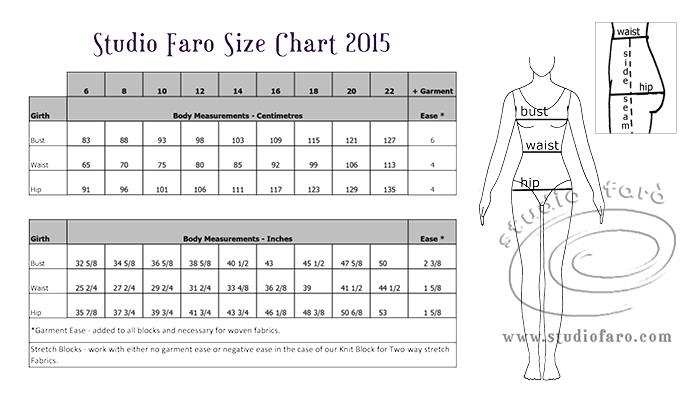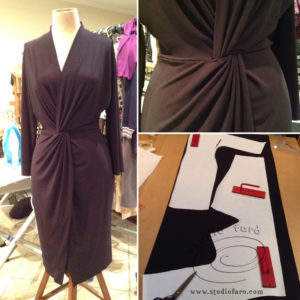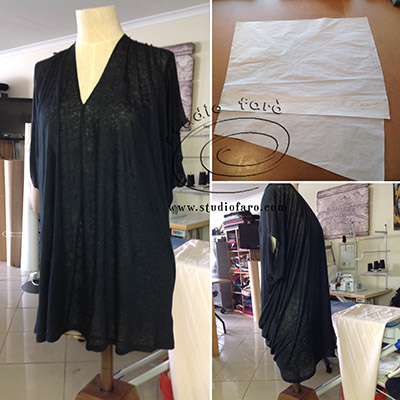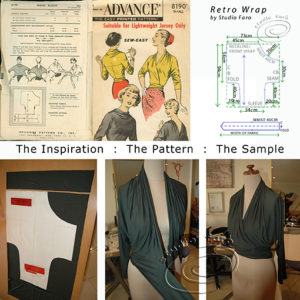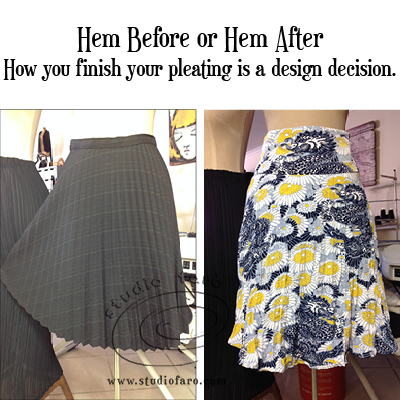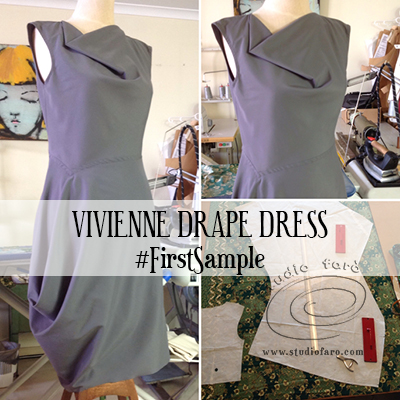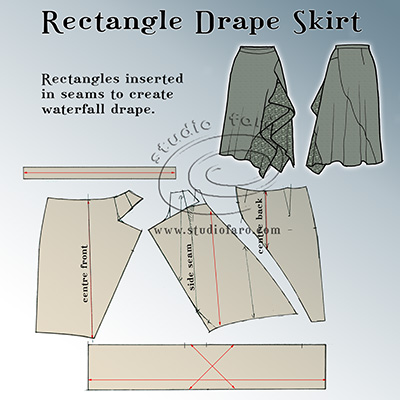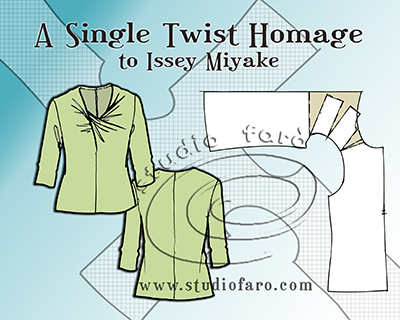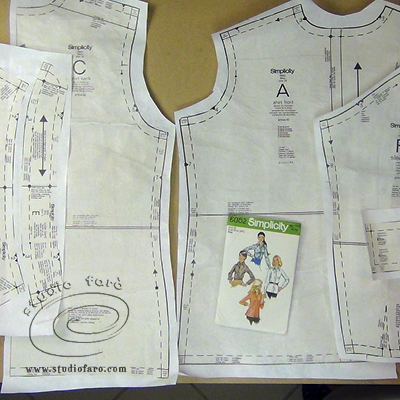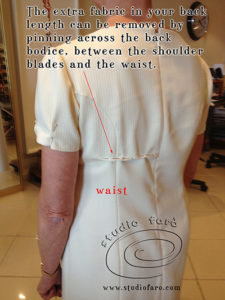01 Dec Size Chart for Patterns and Blocks
To begin the release of my blocks and patterns I'll be working with a size chart that covers sizes 6-22. It's the chart that I have used for over 25 years and it has proved to be accurate to many aspects of the Australian market. However venturing into making sewing patterns I feel the need to expand the sizes in the range. Some designs will only come in sizes 6-16 while other designs will be graded 6-22. Make sure you've subscribed to my website newsletter so you hear about new releases.
